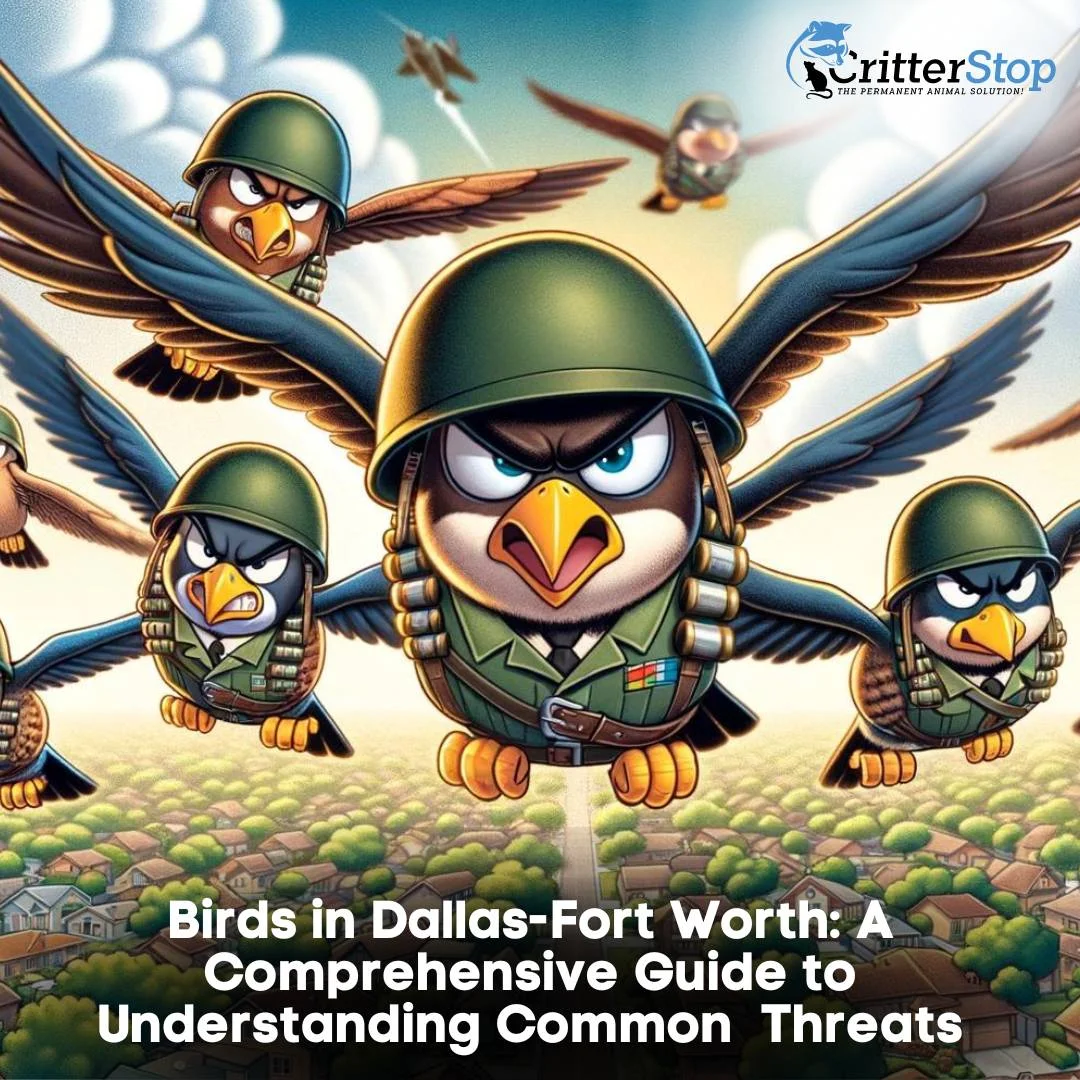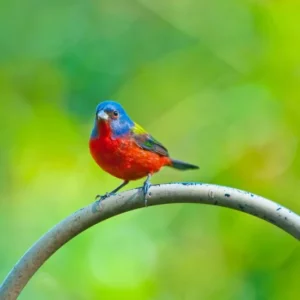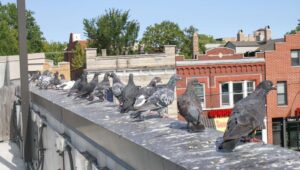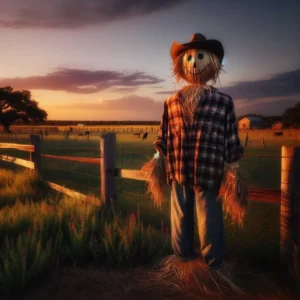
Birds are fascinating creatures that play a vital role in our ecosystems. In the Dallas-Fort Worth area, there is a diverse array of bird species that can be observed. Understanding these birds and the threats they pose is crucial for both their conservation and for managing any potential bird-related issues. In this comprehensive guide, we will explore the world of birds, debunk bird myths, identify the causes of bird problems, highlight bird hotspots, and discuss effective strategies for bird control.
Birds come in all shapes and sizes, with each species having its own unique characteristics. The Dallas-Fort Worth area is home to a wide variety of bird species, ranging from common birds like sparrows and robins to more rare and elusive species like the painted bunting. Exploring the diversity of bird species found in this region is an exciting endeavor for birdwatchers and nature enthusiasts alike.
One misconception about birds is that they are purely decorative or a nuisance. In reality, birds play a crucial role in ecosystems. They help pollinate plants, disperse seeds, and control pest populations. Understanding the importance of birds in maintaining a balanced ecosystem is essential for appreciating the value they bring to our environment.
Let's take a closer look at some of the bird species that call the Dallas-Fort Worth area home. One of the most common birds found in this region is the Northern Cardinal. With its vibrant red plumage and distinctive crest, the Northern Cardinal is a favorite among birdwatchers. Its melodious song can often be heard echoing through the trees, adding a touch of beauty to the local parks and gardens.
Another interesting bird species found in this area is the Great Blue Heron. These majestic birds can often be spotted near bodies of water, patiently waiting for their next meal. With their long legs and graceful movements, they are a sight to behold. Watching a Great Blue Heron take flight is a truly awe-inspiring experience.
For those who are lucky, they may catch a glimpse of the elusive Painted Bunting. This small, brightly colored bird is known for its vibrant plumage, with males sporting a combination of blue, green, and red feathers. The Painted Bunting is a rare sight, but its beauty is worth the wait.

It's not just the physical characteristics of birds that make them fascinating. Their behaviors and habits are equally intriguing. Take, for example, the American Robin. These birds are known for their distinctive habit of hopping along the ground, searching for worms and insects. They are also one of the first signs of spring, with their cheerful chirping signaling the arrival of warmer weather.
Birds are not only interesting to observe, but they also play a vital role in maintaining the balance of nature. Many bird species act as pollinators, transferring pollen from one plant to another as they feed on nectar. This process helps plants reproduce and ensures the survival of various plant species. Without birds, many plants would struggle to reproduce and thrive.
In addition to pollination, birds also play a crucial role in seed dispersal. As birds consume fruits and berries, they inadvertently scatter the seeds through their droppings. This helps plants spread and colonize new areas, contributing to the overall biodiversity of an ecosystem.
Furthermore, birds help control pest populations by preying on insects and small rodents. They act as natural pest control agents, reducing the need for harmful pesticides. By keeping pest populations in check, birds help maintain the health and balance of ecosystems, benefiting both humans and other wildlife.
There are many misconceptions surrounding birds. It is important to separate fact from fiction to truly understand these amazing creatures. One common misconception is that all birds are pests. While some species may cause problems in certain situations, it is important to recognize that most birds are harmless and beneficial.
Let's delve deeper into the world of birds and explore the fascinating diversity of their behaviors and characteristics. Did you know that birds play a vital role in maintaining the balance of ecosystems? They help control insect populations, disperse seeds, and even pollinate flowers. Without birds, our environment would suffer greatly.
Now, let's address another myth about birds – their perceived aggression and disease-carrying tendencies. While it is true that certain bird species can exhibit aggressive behavior, such as dive-bombing intruders near their nests, it is crucial to understand the context behind this behavior. Birds are fiercely protective of their offspring and will do whatever it takes to ensure their safety.
When it comes to disease transmission, it is essential to remember that the risk of contracting diseases from birds is minimal. Basic hygiene practices, such as washing hands after handling birds or their droppings, significantly reduce any potential health risks. In fact, birds themselves face numerous threats from diseases, and scientists and conservationists work tirelessly to monitor and protect bird populations.
Let's take a moment to appreciate the incredible adaptations that birds have developed over millions of years. From their hollow bones that enable flight to their remarkable migratory patterns, birds have evolved in extraordinary ways. Some species can travel thousands of miles during their annual migrations, navigating by using celestial cues and landmarks.
Furthermore, birds exhibit an astonishing array of colors, patterns, and songs. These vibrant displays are not only aesthetically pleasing but also serve important purposes. Male birds often use their colorful plumage and melodious songs to attract mates and defend territories. Their intricate courtship rituals are a sight to behold.
As we continue to debunk bird myths, it is crucial to emphasize the importance of conservation efforts. Many bird species are facing significant threats, including habitat loss, climate change, and pollution. By understanding the true nature of birds and dispelling misconceptions, we can foster a greater appreciation for these remarkable creatures and work towards their protection.
Understanding the factors that attract birds to your property is crucial for managing any potential bird problems. Birds are attracted to areas with a reliable food source, water, and shelter. Assessing your property for these attractants can help you identify any potential issues and take appropriate measures to address them.
When it comes to food sources, birds are opportunistic feeders and can be attracted to a variety of options. They are particularly drawn to areas with abundant fruit trees, bird feeders, or open garbage cans. The availability of these food sources can determine whether birds view your property as a desirable place to visit or even settle down.
In addition to food, birds also require access to water. This can include natural sources such as ponds or streams, as well as artificial sources like birdbaths or fountains. Providing a water source can be a double-edged sword, as while it can attract a variety of bird species, it can also create a breeding ground for mosquitoes. Therefore, it is important to regularly clean and maintain any water features to prevent the accumulation of stagnant water.
Shelter is another essential factor for birds when choosing a location. Trees, shrubs, and dense vegetation provide birds with protection from predators and harsh weather conditions. If your property lacks suitable vegetation, birds may seek shelter in the eaves of your house, under roof tiles, or in other man-made structures. While this may seem harmless at first, the accumulation of bird droppings and nesting materials can lead to structural damage and health hazards.
While birds are generally harmless, certain situations can lead to bird infestations that pose risks to both property and human health. Large numbers of birds nesting or roosting in an area can create noise, damage structures, and create unsanitary conditions. Recognizing the risks associated with bird infestations is vital for implementing effective control strategies.

When birds gather in large numbers, their collective noise can become a nuisance, especially if they are roosting near residential areas. The constant chirping and squawking can disrupt sleep and daily activities, causing frustration and annoyance. Additionally, the accumulation of bird droppings on buildings, walkways, and vehicles can not only be unsightly but also corrosive, potentially causing damage to surfaces over time.
Furthermore, bird droppings can carry various diseases and parasites that can be harmful to human health. Histoplasmosis, for example, is a respiratory disease caused by inhaling fungal spores found in bird droppings. This can lead to flu-like symptoms, respiratory issues, and even severe complications in individuals with weakened immune systems. Taking proactive measures to prevent bird infestations can help minimize these health risks.
In conclusion, understanding the factors that attract birds to your property is essential for managing any potential bird problems. By assessing your property for food sources, water access, and suitable shelter, you can identify any attractants and take appropriate measures to address them. Recognizing the risks associated with bird infestations, such as noise, structural damage, and health hazards, is crucial for implementing effective control strategies. By doing so, you can maintain a harmonious coexistence with birds while minimizing any negative impacts they may have on your property and well-being.
Birds can be found throughout the Dallas-Fort Worth area, but there are specific locations where bird activity is more concentrated. Common areas for birds to nest and roost include trees, rooftops, and eaves. Urban areas often have a higher density of bird populations due to the availability of food and shelter. However, rural areas with open spaces and bodies of water also attract a variety of bird species.
Exploring these bird hotspots can provide a rewarding birdwatching experience. Whether you prefer the bustling bird activity in urban areas or the serenity of observing birds in their natural habitats, there are plenty of opportunities to enjoy the beauty and diversity of birdlife in the Dallas-Fort Worth region.
When it comes to managing bird-related issues, it is important to use humane and effective strategies for bird control. Implementing deterrents and repellents that do not harm the birds is crucial for maintaining a balanced ecosystem.
There are various humane bird control options available that can help prevent bird infestations and minimize damage. These include physical barriers such as netting or spikes, noise deterrents like sonic devices, and visual deterrents like scarecrows or reflective surfaces. Choosing the right strategy depends on the specific bird species and the nature of the problem.

By understanding the world of birds, debunking bird myths, identifying the causes of bird problems, exploring bird hotspots, and implementing effective bird control strategies, we can coexist with birds in the Dallas-Fort Worth area while mitigating any potential threats they may pose. Let's appreciate the beauty and importance of these remarkable creatures while ensuring our communities remain safe and thriving.